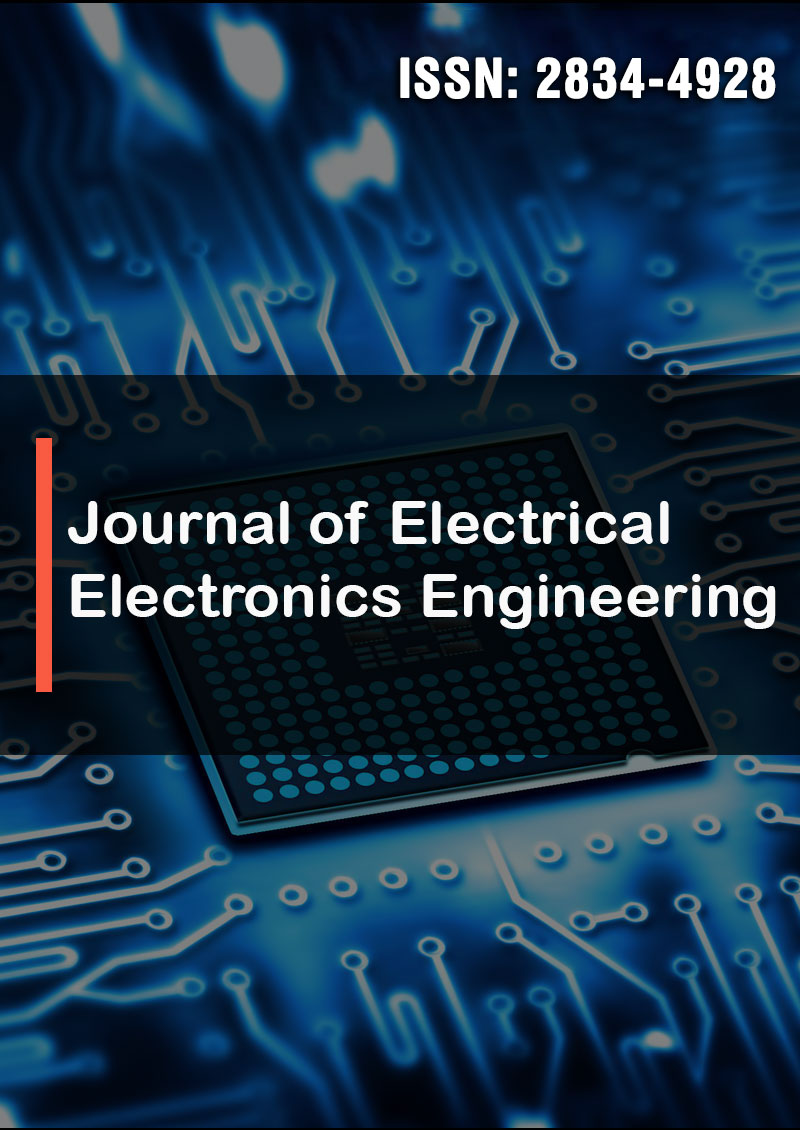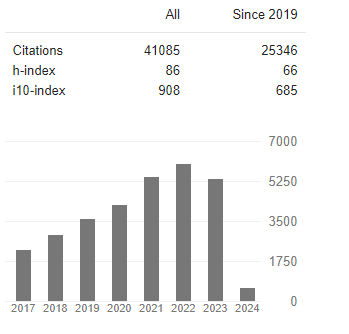A Model Recording Ultra-Weak Electromagnetic Radiation from Metals and Semiconductors
Abstract
Batyanov A.P
In previous work, the question of a possible analogy of the physical processes of generation of ultra-weak electromagnetic radiation in biological and inorganic systems was considered [1]. The effect of ultra-weak electromagnetic radiation (UWER) from metals and semiconductors in a model system of light insulation of the studied samples in a hollow resonator emitter (SGK) is shown. It was established: 1) “quenching effect” - a decrease in the PMT signal during photoexcitation (250 nm) of W,Mo,Pt- transition metal samples and an increase in the signal during electrification of W,Al,Pt,Ge samples. 2) dependence of the resistance of the AlGaN LED on the sample under study. 3) the appearance of diffraction bands and images of structural elements on “conventional photographic film” - writing paper with HgS (cinnabar), during remote optical contact with (SGK). It is assumed that the effects obtained are caused by coherent radiation arising during electronic transitions in the system of hybrid orbitals of transition metals and semiconductors. This work presents additional data on the features of UWER of metals and semiconductors, in particular, an analysis of the “quenching effect” on photomultipliers in comparison with a similar effect from phosphorylating mitochondria [2].




